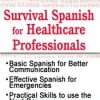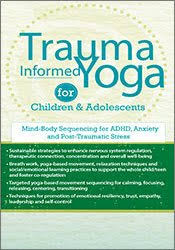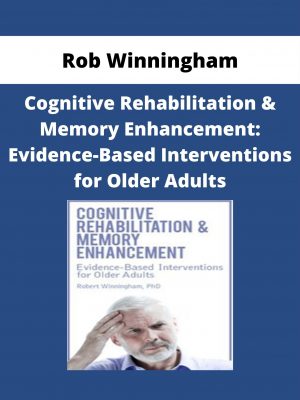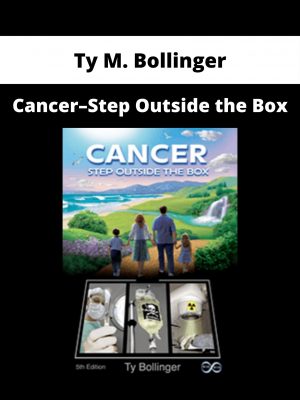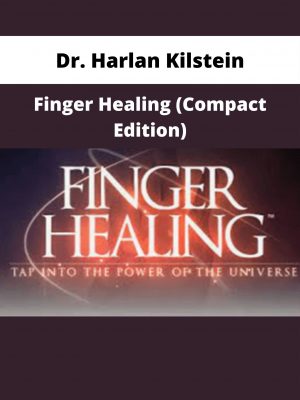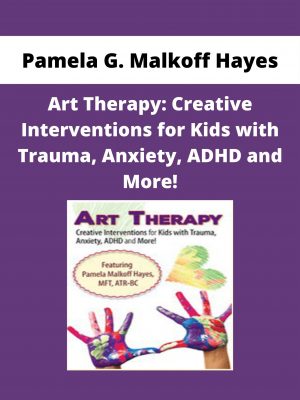Kathy Flaminio – Trauma-Informed Yoga for Children and Adolescents
$200 Original price was: $200.$75Current price is: $75.
Shopping Instructions:
- DISCOUNT 15% : SHOP15
- Product Delivery: Within 1 – 12 hours after purchase.
Walk away feeling competent with a tool kit full of practices for calming, releasing, engaging, centering, focusing and transitioning.
Kathy Flaminio – Trauma-Informed Yoga for Children and Adolescents
- Sustainable strategies to enhance nervous system regulation, therapeutic connection, concentration and overall well-being
- Breath work, yoga-based movement, relaxation techniques and social/emotional learning practices to support the whole child/teen and foster co-regulation
- Targeted yoga-based movement sequencing for calming, focusing, releasing, centering, transitioning
- Techniques for promotion of emotional resiliency, trust, empathy, leadership and self-control
Using research and case studies for ADHD, depression, anxiety, and post-traumatic stress, you will design routines that teach:
- Self-regulation
- Focus
- De-escalation
- Overall wellbeing
Discover how to identify emotional triggers and the critical steps for how and when to use mind-body interventions. Learn common pitfalls and key strategies to implement mind-body practices such as:
- Responding to body cues and matching energy levels
- Understanding the population with whom you work
- Honoring the cultural aspects, therapeutic setting and limitations
Walk away feeling competent with a tool kit full of practices for calming, releasing, engaging, centering, focusing and transitioning.
- Apply your knowledge of trauma and mental health diagnosis to develop integrative mind-body practices.
- Identify breath work techniques to enhance nervous system regulation.
- Design grounding yoga techniques for post-traumatic stress.
- Recognize signs of trauma (dissociation and emotional triggers) and how to intervene effectively using a mind-body approach.
- Design six yoga-based sequences to promote self-regulation and social/ emotional learning.
- Demonstrate the role of yoga in regaining a sense of safety in the body.
Build Trust and Safety in the Therapeutic Environment
- Setting the stage for mind-body work
- Do’s and don’ts for creating safe space
- Experience techniques for grounding and centering
- Breathing practices for calming and emotional release
Arousal-Relaxation Cycle
- Disrupted attachment = dysregulated nervous system
- Impact of toxic stress
- Building blocks of healthy brain development
- Soothing the nervous system
- Modulating arousal states
- Role of yoga in creating a relaxed-alert state
- Regaining a sense of safety in the body
Would you like to receive Kathy Flaminio – Trauma-Informed Yoga for Children and Adolescents ?
Techniques and Case Studies to Address Stress and Trauma
- Mindfulness practices for centering and connection
- Diaphragmatic Breathing for soothing the nervous system
- Yoga-based movement for de-escalation and developing strength
- Social/emotional learning for identifying and processing feelings
- Guided relaxations for emotional integration and rejuvenation
Identify Emotional Triggers
- Resistance to particular poses
- Holding the breath
- Refusal to participate in relaxation poses
Implement Interventions
- Slow down process and listen
- Switch poses/ add movement
- Use relaxation pose or story
- Create a “let it go box”
Yoga Sequencing for ADHD, Anxiety, Depression and Post-Traumatic Stress
- Calming for self-regulation and confidence
- Releasing a sense of control and safety
- Engaging for developing connection and support
- Centering for developing a strong sense of self and awareness
- Focusing for developing attention and being present
- Transitioning for developing self-control and grounding
Related products
HEALTH & MEDICAL
HEALTH & MEDICAL
HEALTH & MEDICAL
HEALTH & MEDICAL
KettleWorX – 8 Week Rapid Evolution Advanced Set with Alex Isaly
HEALTH & MEDICAL
HEALTH & MEDICAL
HEALTH & MEDICAL
Bernadette Giorgi – Attitude Ballet & Pilates Fusion – Just B Method

